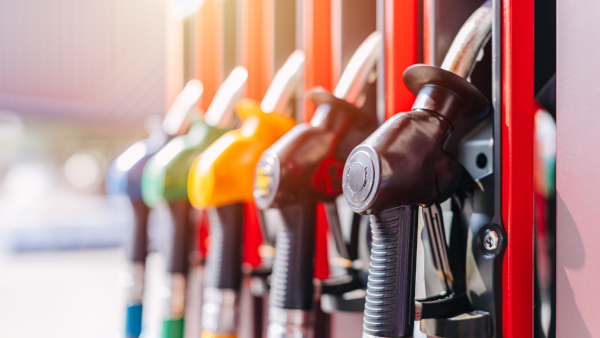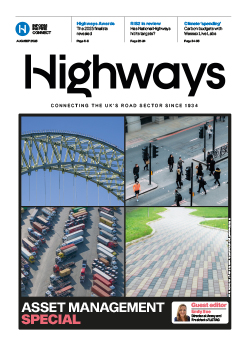Dr Alistair Hunter, UKIMEA roads and streets business leader at Arup, lays out some options for one of the trickiest issues facing highways: what happens when Fuel Duty dries up?
Historically, Fuel Duty has been a substantial revenue stream for the Treasury, generating around £25bn annually. This tax, supported also by VAT income, contributes to road maintenance and other essential services. However, as the UK transitions to electric vehicles (EVs), the Government faces a significant drop in this revenue.
With the ban on new petrol and diesel cars set for 2035, finding a fair, equitable and efficient replacement for Fuel Duty is crucial to ensure continued funding for road infrastructure without discouraging EV uptake or overburdening drivers.
Road taxation options in the EV era
Governments around the world are exploring various methods to replace Fuel Duty. One widely discussed option is a 'pay-per-mile' system, which charges drivers based on the distance they travel.
This could be tracked through odometer readings or satellite technology. Iceland has already introduced an odometer-based system for EV drivers, where 97% of owners report their mileage and 95% pay their taxes on time. While effective in a small country like Iceland, larger nations may face challenges in ensuring compliance and fairness.
The Netherlands is set to implement a 'Pay by Use' system by 2030, taxing all cars and vans, including EVs, based on distance driven. While this model mirrors traditional fuel duty, it does little to address issues like traffic congestion or promote a shift to public transport.
Strategic network tolls
Another potential solution is introducing strategic network tolls, which are already in place for freight vehicles in many European countries.
The charges for these satellite-based toll systems for motorways based on factors like distance travelled, time of day, and vehicle emissions. Extending tolling to passenger vehicles could help fund road infrastructure while encouraging the use of low-emission cars.
The UK could benefit from adopting such systems, especially on major highways and motorways. This could replace lost fuel duty revenue and potentially expand to include smaller roads over time.
However, tolling could cause traffic to divert onto less suitable roads, increasing congestion in residential areas and creating new infrastructure challenges. Additionally, implementing tolls on more complex road networks can be expensive and inefficient.
Urban network tolls
In urban areas, road-user charging schemes have been used to reduce traffic and improve air quality. London, Birmingham, and Stockholm already have systems in place that charge vehicles based on their emissions, with revenues reinvested in local transport projects.
Expanding these schemes could complement mileage-based systems on major roads, helping to fill the revenue gap. However, these urban tolling systems often come with high infrastructure costs and must balance raising revenue with fairness for residents and businesses that rely on road transport.
The role of technology
Technology will play a critical role in shaping the future of road taxation. Companies like Google are developing 'transport wallets' that allow users to access multiple modes of transport through a single account. Governments could leverage this innovation for road-user charging, which would reduce costs and improve user experience. However, they would also need to address concerns around equity, transparency, security, and competition.
A single-user account system could streamline the experience for drivers, allowing them to interact with various road-charging systems through one gateway, regardless of the service provider or operator.
A balanced approach
As the UK continues to promote the transition to EVs, it must adopt new approaches to fund its road infrastructure. A combination of mileage-based taxation, strategic and urban tolling, and technology-driven solutions could be needed to replace lost revenue.
The key will be striking a balance between fairness, efficiency, and supporting the transition to a net-zero future.






